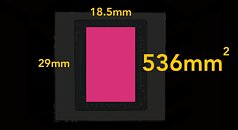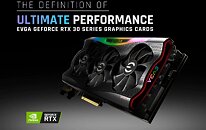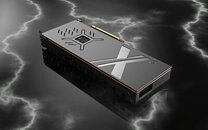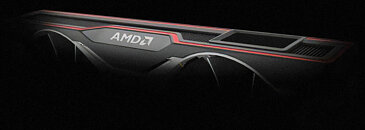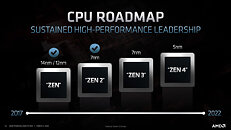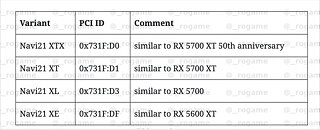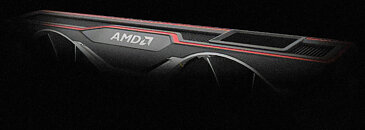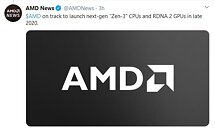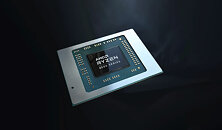
AMD Radeon RX 6000 Series Specs Leak: RX 6900 XT, RX 6800 XT, RX 6700 Series
AMD's Radeon RX 6000 series graphics cards, based on the RDNA2 graphics architecture, will see the introduction of the company's first DirectX 12 Ultimate graphics cards (featuring features such as real-time raytracing). A VideoCardz report sheds light on the specifications. The 7 nm "Navi 21" and "Navi 22" chips will power the top-end of the lineup. The flagship part is the Radeon RX 6900 XT, followed by the RX 6800 XT and RX 6800; which are all based on the "Navi 21." These are followed by the RX 6700 XT and RX 6700, which are based on the "Navi 22" silicon.
The "Navi 21" silicon physically features 80 RDNA2 compute units, working out to 5,120 stream processors. The RX 6900 XT maxes the chip out, enabling all 80 CUs, and is internally referred to as the "Navi 21 XTX." Besides these, the RX 6900 XT features 16 GB of GDDR6 memory across a 256-bit wide memory interface, and engine clocks boosting beyond 2.30 GHz. The next SKU in AMD's product stack is the RX 6800 XT (Navi 21 XT), featuring 72 out of 80 CUs, working out to 4,608 stream processors, the same 16 GB 256-bit GDDR6 memory configuration as the flagship, while its engine clocks go up to 2.25 GHz.
The "Navi 21" silicon physically features 80 RDNA2 compute units, working out to 5,120 stream processors. The RX 6900 XT maxes the chip out, enabling all 80 CUs, and is internally referred to as the "Navi 21 XTX." Besides these, the RX 6900 XT features 16 GB of GDDR6 memory across a 256-bit wide memory interface, and engine clocks boosting beyond 2.30 GHz. The next SKU in AMD's product stack is the RX 6800 XT (Navi 21 XT), featuring 72 out of 80 CUs, working out to 4,608 stream processors, the same 16 GB 256-bit GDDR6 memory configuration as the flagship, while its engine clocks go up to 2.25 GHz.


